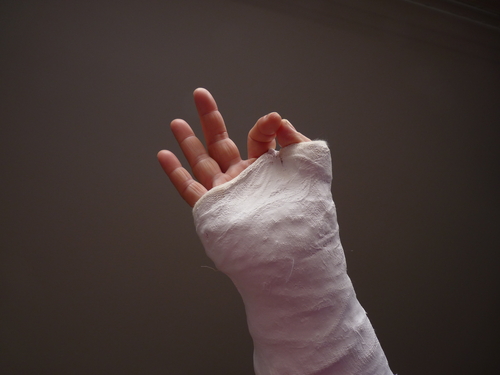The fact that broken bones can now be fixed using pulsed ultrasound is really quite extraordinary, especially if it replaces the need for surgery. The theory is that low-intensity pulsed ultrasound waves stimulate bone healing through promoting the production of growth factors and proteins which increase the removal of old bone, and increase the production of new bone.
The fact that broken bones can now be fixed using pulsed ultrasound is really quite extraordinary, especially if it replaces the need for surgery. The theory is that low-intensity pulsed ultrasound waves stimulate bone healing through promoting the production of growth factors and proteins which increase the removal of old bone, and increase the production of new bone. 
The latest UK guidance from the National Institute of Health and Clinical Excellence now supports proposals to adopt the new ultrasound bone healing system in treating long bone fractures for breaks that have failed to heal after nine months, provided that the fracture is stable and well-aligned. However, the current evidence is not as strong in the use of this technology for long bone fractures with delayed healing (fractures that do not show radiological evidence of healing after three months).
But how can you use ultrasound if I'm wearing a plastercast?
A hole is cut through the cast to allow the transducer to make contact with the skin at the fracture site. The device is then programmed to deliver ultrasound in 20-minute sessions which the patient administers themselves each day at home.
Professor Carole Longson, Director of the NICE Centre for Health Technology Evaluation, said:
Using the device resulted in high rates of fracture healing. The device is also more convenient for patients as it’s intended to be used in the patient’s home.






